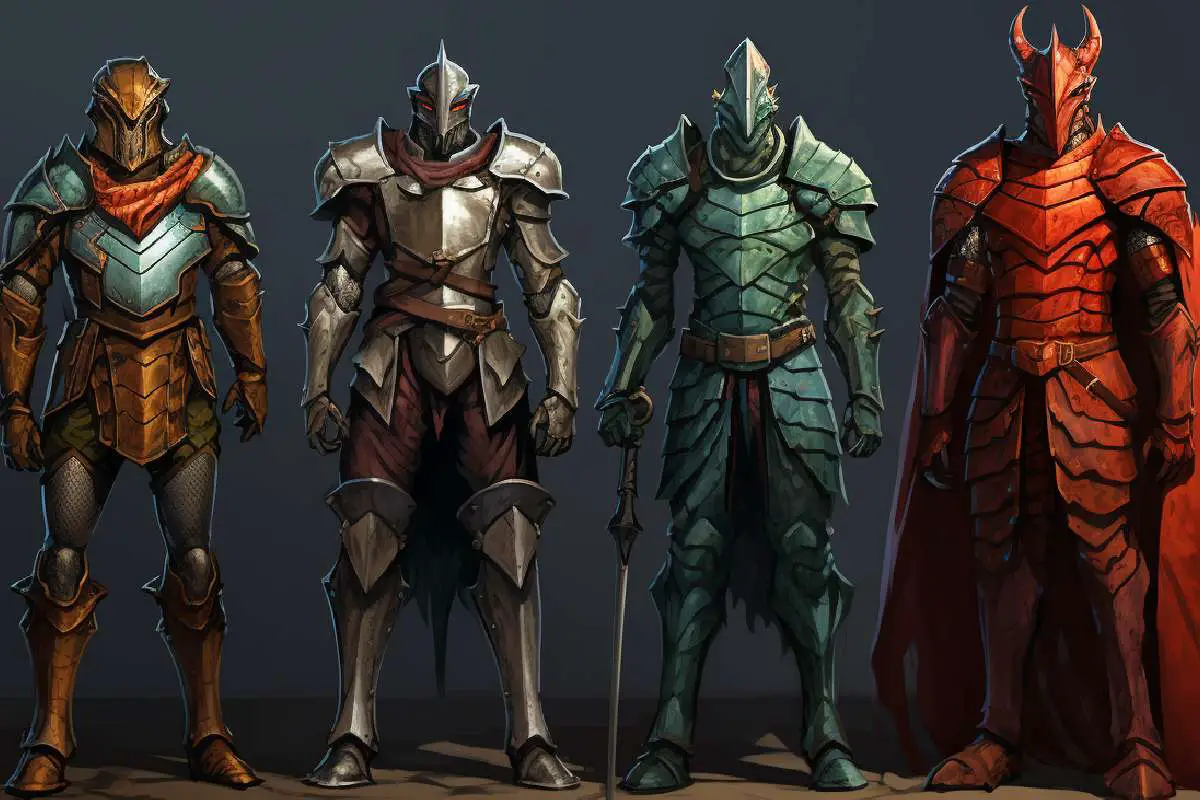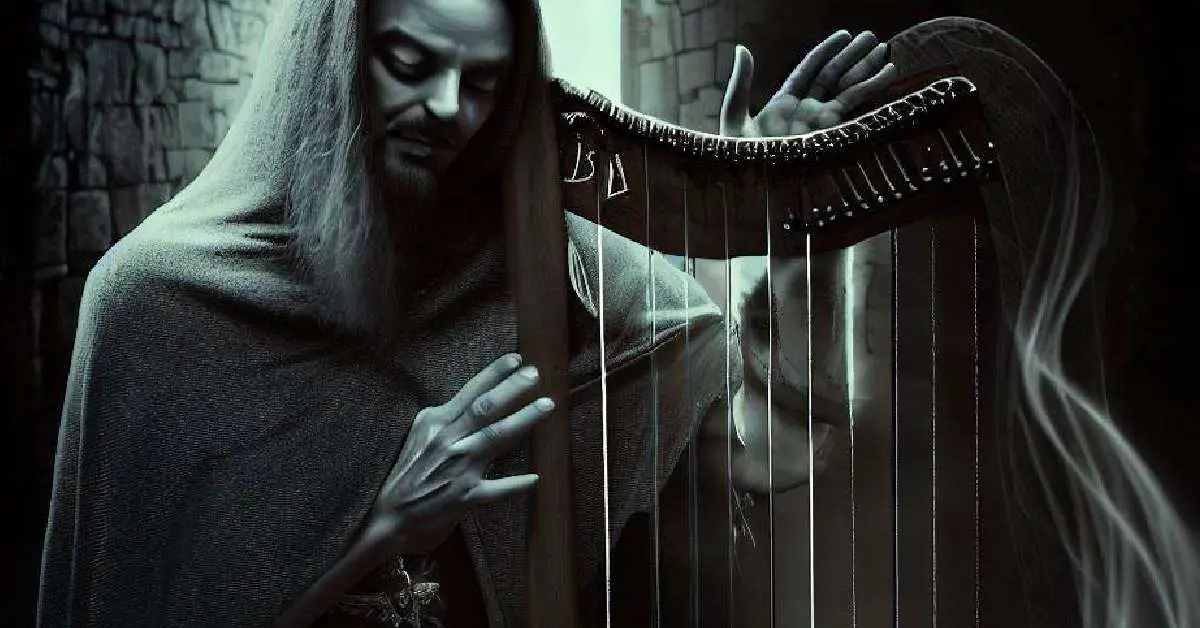
Often, when dungeon masters (DMs) choose to engage their players in a deliciously surreal world of Dungeons & Dragons, they employ various trinkets up their sleeves to provide an immersive experience. Darting around a dimly lit dungeon only to be assaulted by a seemingly regular set of armor is one such trick. Yep, you heard that right, a living, breathing, fighting suit of armor, dancing eerily in the gloom—animated armor that propels itself into action without a soul inside its plates and gauntlets. Mysterious, isn’t it? Well, don’t worry! In this article, we will delve deep into this uncanny creature from D&D 5e and answer the top ten most often asked questions.
What is Animated Armor?
What’s more entertaining than a whimsical piece of brawny armor taking on a life of its own to challenge heroes? Not many things, I assure you! In essence, the animated armor is a self-propelling suit sans a soul inhabiting it. Intriguingly contradictory, right? Like a nightingale’s song echoing through the silence, the sight of such a creation breathlessly captures any adventurer’s attention. Wizards or powerful beings create these bewitched containment vessels, lending very much a “man behind the curtain” vibe. Furthermore, its construct nature isolates it from sentiments, meaning it experiences neither fear nor agony, acting merely on instructions in a machine-like manner. Now, isn’t that spookily poetic?
Size: Medium
Type: Construct
Alignment: Unaligned
Armor Class: 18 (natural armor)
Hit Points: 33 (6d8 + 6)
Speed: 25 ft.
STR: 14 (+2)
DEX: 11 (+0)
CON: 13 (+1)
INT: 1 (-5)
WIS: 3 (-4)
CHA: 1 (-5)
Damage Immunities: Poison, Psychic
Condition Immunities: Blinded, Charmed, Deafened, Exhaustion, Frightened, Paralyzed, Petrified, Poisoned
Senses: Blindsight 60 ft. (blind beyond this radius), Passive Perception 6
Languages: —
Challenge: 1 (200 XP)
Proficiency Bonus: +2
Special Abilities:
- Antimagic Susceptibility: The armor is incapacitated while in the area of an antimagic field. If targeted by dispel magic, the armor must succeed on a Constitution saving throw against the caster’s spell save DC or fall unconscious for 1 minute.
- False Appearance: While the armor remains motionless, it is indistinguishable from a normal suit of armor.
Actions:
- Multiattack: The armor makes two melee attacks.
- Slam: Melee Weapon Attack: +4 to hit, reach 5 ft., one target. Hit: 5 (1d6 + 2) bludgeoning damage.
How do You Create Animated Armor?
With magical bardic tunes as the background score, one might imagine a wizard winkingly crafting animated armors. Silly as that may sound, creating animated armors does involve some advanced magic. It typically requires the spell Animate Objects or something similar to pull off this impressive feat. And as they say, you can’t make a fluffy omelette without cracking some dragon eggs, so this requires some serious spellcasting skill. It sort of makes one a puppeteer, only your marionette is a full set of armor that you’ve imbued with an animating spark of magic. Fun, huh?
What sort of Tactics does Animated Armor Follow?
If you’re imagining a clumsy, bumbling suit of armor, think again, my friend. Animated armors are like disciplined soldiers silently heeding every command. Doesn’t matter whether they’re strutting down a narrow hallway or grappling with a foe in battle; they’re always on point due to the ironclad strategy planted in them by the creator. They remain motionless unless instructed otherwise, striking a semblance with a haunted house prop turned soldier. Animated armors are generally set to “defend” mode, springing to life like a mechanical jack-in-the box when an intruder stumbles upon their zone—aggressive yet calm, pretty much like an angry monk meditating!
Can Animated Armors Speak?
I hate to break it to ya, but animated armors are as chatty as a oyster. Silent as a crypt, these metallic knights remain, unless the creator decides to give them a voice, which they often don’t. Borin’, I know! Can you imagine the theatric tension of a talking suit of armor? But usually, the stillness isn’t spoilt with chatter. What they don’t have in gab, they make up for in action, making them eerily similar to mum theater artists—that’s not very comforting to know, is it?
What are the Strengths and Weaknesses of Animated Armor?
Like any port in a storm, the animated armor’s strengths implore admiration. Its brawny build makes it fundamentally robust with good attack damage. Its ability to resist non-magical attacks adds a cherry on top, making it every wizard’s beloved spell. However, like the other side of a coin, every cloud’s silver lining comes with an occasional rain. The armor has its weaknesses too! Apart from specific vulnerabilities to magical attacks, these armors are weak against rust, akin to a maiden complaining about a tight corset. Ironic, but it’s a good warning to all daredevil adventurers out there.
Can Animated Armors Level Up or Gain Experience?
Thinkin’ about training your animated armor to become an ironclad warrior? Sorry mate, but that’s a pipe dream! These magical creations are not sentient beings and hence can’t acquire skills or experience as living adventurers do. The only ‘growth’ they experience is when wizards bestow new spells or enhancements upon them. So don’t bet on your animated armor becoming conscious, mate. It’s like expecting the sun to rise in the west—fantastical, but impossible!
How are Animated Armors Implemented in Gameplay?
Animated armors are every DM’s wild card, providing an unpredictable twist just when the adventurers get all cocky and sure of themselves. They serve as stealthy sentinels, perfect guardians for coveted treasures, or silent assassins waiting in the shadows. Intruding heroes never expect an ordinary piece of armor to come alive and quite literally give them a run for their money—a classic “it’s quiet, too quiet” scenario!
How to Counter or Defeat Animated Armor?
Every candle has its flame snuffed out at some point, and animated armors are no different. Combat against animated armors implies checking weapons at the entrance and bringing out the magical big guns. Magic weapons, rust monsters, or spells that take advantage of the armor’s construct status are your best bets. Still, never underestimate these metallic monstrosities—they’re as stubborn as a mule and will keep coming at ya before they finally bite the dust.
Where is Animated Armor Found in D&D?
Animated armors could pop up wherever the storyline demands – age-old dungeons, haunted manors, sanctified temples, and arcane laboratories, among others. They are typically deployed as guardians, warding off intruders in areas of interest. Thus, encountering an animated armor lurking in the shadows should cause an adventurer to break a sweat, as it is as unexpected as a snowfall in summer!
Can Players Use/Control Animated Armor?
Pondering if you can have your personal animated armor buddy? The Spellcaster class can, with a nod and a wink! Using spells like Animate Objects or becoming an Eldritch Knight might get you there. However, just like trying to get a cat to walk on a leash, it won’t be easy. But hey, shouldn’t that make the joy of success even grander?
Summing Up
Like a silver lining in a stormy D&D encounter, animated armors add a unique zest to the game, rendering it unpredictable and thrilling. Despite their silence and mechanical demeanor, they possess a dramatic, almost theatrical quality. Carefully concocted by wizardry, driven by unseen forces, and embodying the magical realism that brings D&D to life, animated armors stand as robust reminders of the game’s exotic allure. By exploring these frequently asked questions, it’s hoped that these hollow knights have become a little more ‘filled-out’ for you. Remember, an informed D&D player is a well-prepared D&D player.




